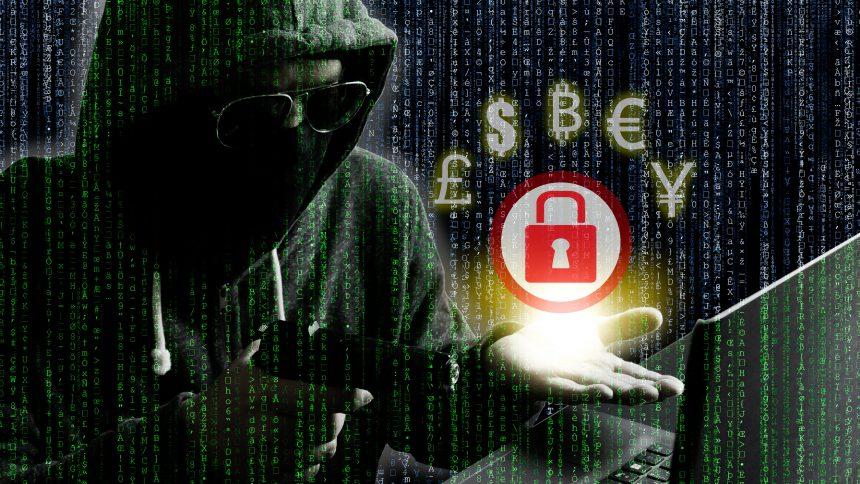BTNW Ransomware is a dangerous malicious program that targets computers and networks. It is part of the STOP/Djvu ransomware family. Cyber-criminals often use ransomware from the same family in tandem with threatening information stealers like RedLine and Vidar. It works by encrypting the user’s files and then demanding a ransom payment in order to recover them. BTNW Ransomware targets a wide variety of file types, including documents, photos, videos, and other data. Once the files are encrypted, they cannot be recovered without the encryption key.
How Did BTNW Ransomware Infect Your Computer?
BTNW Ransomware is spread through malicious websites that contain malicious links or emails with malicious attachments. It can also be distributed via torrents. Once installed, the ransomware will lock the user’s files and then display a ransom note on the victim’s desktop. The note usually demands payment in cryptocurrency to unlock the encrypted files. BTNW Ransomware encrypts files and adds the “.btnw” extension to the filenames. For instance, it renames “1.jpg” to “1.jpg.btnw”, “2.png” to “2.png.btnw”, and so on. The ransom note is dropped in the “_readme.txt” text file in each affected folder. The note states that encrypted files can only be decrypted with the help of unique software and key, which the attackers offer for $980. Victims can get a 50% discount (for $490) if they contact the ransomware operators within 72 hours via the two provided email addresses – support@fishmail.top and datarestorehelp@airmail.cc.The ransomware operators also offer to decrypt one file before the payment, though it has to contain non-critical data. It is recommended not to pay the ransom, because there is no guarantee that the attackers will decrypt files after payment.
How to Protect Yourself from BTNW Ransomware
The only way to get rid of BTNW Ransomware and recover encrypted documents is to remove it from the system using a reliable anti-malware program that can detect malicious files and protect the computer against future threats. Once the malicious program is deleted, it might be possible to recover some of the files with certain data recovery tools. Additionally, victims can also use backups or system recovery tools that have been created before the infection. It is important to store backup copies on an external drive or cloud storage service, so they are not affected by ransomware attacks. Another option is the recovery service offered by professional data recovery companies. Although there’s no guarantee that the files can be recovered, it’s still worth trying.
It is important for users to be vigilant when online and take all necessary precautions to avoid falling victim to malware like BTNW Ransomware. Performing regular system scans, avoiding suspicious links and attachments, and keeping software up-to-date are all effective measures for preventing ransomware attacks.





